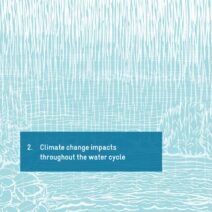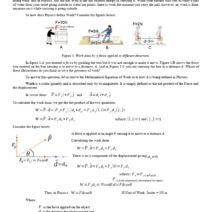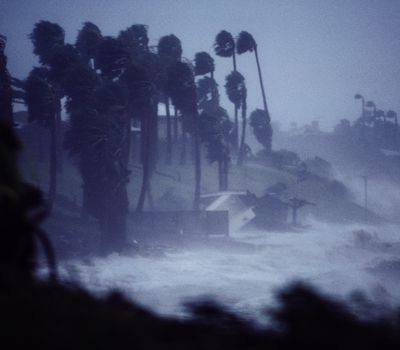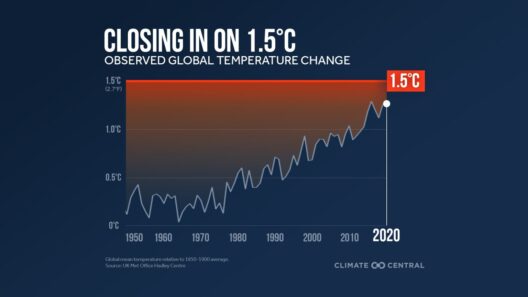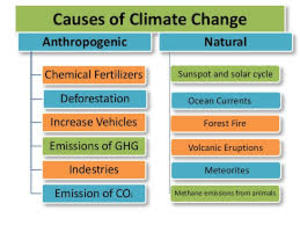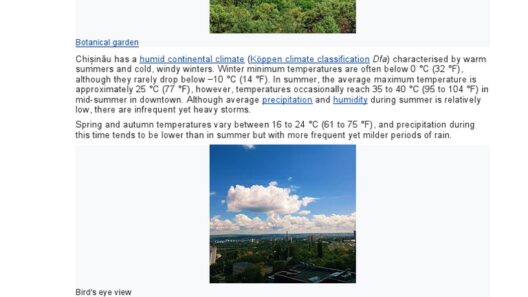Climate change—a phrase that often evokes urgency and concern—represents the paramount challenge confronting humanity today. To grasp the intricacies of this global dilemma, it is imperative to first delineate what climate change encompasses. Essentially, it refers to long-term alterations in temperature, precipitation patterns, and other atmospheric conditions on Earth. These changes are primarily driven by human actions, particularly the combustion of fossil fuels, deforestation, and industrial activities, which collectively volley vast quantities of greenhouse gases into the atmosphere.
One might liken the Earth’s atmosphere to a finely woven tapestry; each thread representing a different element—clouds, gases, and solids—in a delicate interplay. When we introduce excessive greenhouse gases like carbon dioxide into this tapestry, we create a distortion that ripples across the entire fabric, leading to a plethora of incongruities in weather patterns and environmental systems.
At its core, climate change is often categorized under two principal domains: natural variability and anthropogenic factors. Natural variability entails fluctuations that are integral to Earth’s climatic systems; these can manifest due to solar radiation changes, volcanic eruptions, and ocean currents. However, anthropogenic factors exacerbate and accelerate these natural processes, resulting in a rapid evolution and deterioration of our climate—a term best encapsulated in the burgeoning discourse surrounding climate change. This is not merely an environmental issue; it is intricately woven into the fabric of socioeconomic stability, public health, and global security.
The palpable effects of climate change are becoming increasingly evident. Rising average temperatures are perhaps the most conspicuous sign of the climate crisis, often likened to a gradual fever gripping our planet. From the arid droughts plaguing regions once fertile, to deluges that submerge cities in an alarming crescendo of precipitation, the manifestations speak volumes. For instance, glacial retreat in polar regions attests to the insidious nature of rising temperatures, contributing to sea-level rise—a phenomenon with catastrophic implications for coastal ecosystems and human settlements.
Moreover, the disruption of ecosystems cannot be understated. Species are encountering environments that are no longer conducive to their survival. Displaced from their natural habitats, many face extinction, while others engage in frantic migrations, shattering long-established ecological balances. A poignant metaphor in this context is that of a symphony gone awry; instruments that once played in harmonious synchrony now find themselves out of tune, each note sounding a discordant alarm.
The socio-economic dimensions of climate change are equally profound. Vulnerable communities, often situated in precarious locales, face the brunt of environmental changes, exacerbating poverty and reducing access to resources such as clean water and arable land. As natural disasters become more frequent—hurricanes ravaging coastal homes, wildfires sweeping through forests—the cumulative effect on livelihoods can be catastrophic. This dynamic creates a feedback loop, where economic instability leads to further environmental degradation, propelling entire societies into a precarious spiral.
Human health is not immune to the repercussions of climate change either. Increasing temperatures can amplify the prevalence of vector-borne diseases, heat-related illnesses, and respiratory conditions as air quality deteriorates. The health impacts can be likened to a hidden iceberg, with the visible symptoms only surfacing above the waves; the majority of the danger lurks below, unnoticed and unaddressed.
Addressing climate change necessitates a multifaceted approach. Mitigation is pivotal, aiming to reduce or prevent the emission of greenhouse gases. Transitioning to renewable energy sources—solar, wind, and hydroelectric power—represents one potential remedy. Enhancing energy efficiency in industries and homes can further contribute to quelling emissions. Furthermore, reforestation and sustainable land-use practices play indispensable roles in sequestering carbon and restoring ecological balance.
Adaptation, however, is equally crucial. Communities must adapt to the already unavoidable impacts of climate change. This involves enhancing infrastructure to withstand extreme weather, implementing sustainable agricultural practices to maintain food security, and developing health strategies to combat new challenges. The burgeoning field of climate resilience aims to foster communities that not only survive but thrive amidst these adversities.
International collaboration is imperative in combating this global crisis. Climate change knows no borders; its repercussions can ripple through oceans and across continents, impacting nations far afield from the source of its onset. The Paris Agreement is a testament to this global endeavor, aiming for collective action to limit global warming and its deleterious effects. Countries must hold themselves accountable, sharing knowledge, resources, and strategies to confront this looming challenge unitedly.
In conclusion, the tapestry of climate change portrays a complex landscape marked by intricate interdependencies. It is a clarion call for actionable change—an earnest appeal for collective vigilance against this existential threat. While the manifestations of climate change may seem daunting, the path forward lies in our hands. Each decision, each policy, and each action contributes to the larger narrative we are crafting for generations to come. The onus is on us to weave a resilient tapestry, one that ensures the vibrance of our planet endures amidst the relentless march of time.
